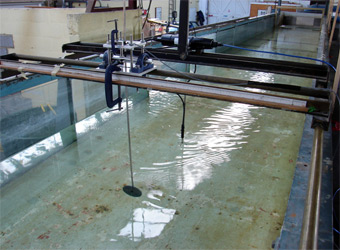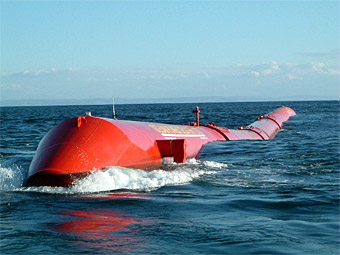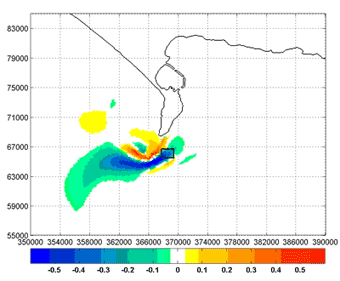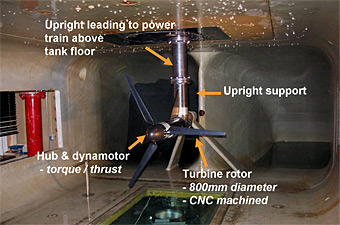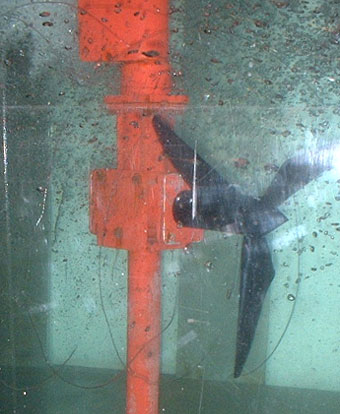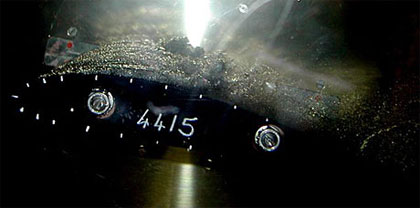Marine current energy conversion technology is presently at the prototype stage where single devices are deployed, or planned for installation, at isolated testing sites. In the medium term, however, devices will be installed in arrays. Understanding the effect devices have on the flow is critical in determining how one device may modify both the performance […]
Tag List: Marine Energy
The ability to measure accurately the wave energy resource at a given site is essential for the successful development of wave farms. The likelihood of success must be assessed before a project goes ahead. A collaborative project between the University of Southampton and Pelamis Wave Power Ltd (PWP) is currently aiming at providing a wave […]
Little is known about the possible effects that a large number of tidal turbines would have on the local tidal regime. Having some idea is important, not only for the purpose of predicting power output (it could be reduced due to reduced flow speeds), but also for environmental impact assessment. Field data on these effects […]
SERG-Tidal is a tidal turbine prediction program developed at the University of Southampton is based on a blade element momentum (BEM) program for wind turbines initially developed in the late 1980’s at the university by Barnsley & Wellicome. The new code developed has major enhancements specifically established to deal with the operation in water and […]
As a continuation of the first set of tests to provide further detailed design information and validation date for numerical models a new experimental test rig was developed. This test rig has been designed, built and successfully used to measure power and thrust on model tidal turbines under various configurations and flow conditions. The setup […]
A scale model a horizontal axis marine current turbine was tested at the circulating water channel facility at QinetiQ in Hampshire. The model was scaled such that the ratios of the rotor diameter/water depth and the blade tip speed/inflow speed were equal to that of a full scale device. The three bladed rotor depicted was […]
Portland Bill on the South coast of the UK (view in maps.live.com) is a promising site for tidal stream energy, with high tidal stream velocities of up to seven knots (3.6 m/s) around the headland. Although the area with high tidal streams is smaller than other proposed sites in Scotland or the Channel Islands, the […]
Section performance data, which also include cavitation characteristics, are required for the detailed design of the turbine blades. It is found that suitable published data, with cavitation characteristics, are very limited and that there is a need to establish a better understanding of the cavitation performance of 2-D sections suitable for marine turbines. It is […]
